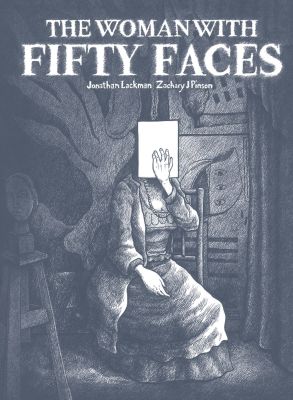On April 7, 1928, Maria Lani blew into Paris claiming to be a famous German actress and proceeded to seduce the cultural elite with her undeniable charisma and strangely enticing enigmatic aura. She persuaded fifty artists - Pierre Bonnard, Marc Chagall, Andre Derain, Henri Matisse, Georges - Henri Rouault, Fernand Leger and Suzanne Valadon among them - to immortalise her in paintings and sculptures, which would appear as an important plot device in a forthcoming film. Unveiled as an exhibition in New York, the artworks travelled to Chicago, London, Berlin, Rotterdam, and Paris. But, in 1931, as legend eventually had it, she and her husband Max Abramowicz vanished without a trace, and so did the art. The film was never made. The Woman With Fifty Faces is about uncovering as much of the truth about Maria Lani as possible. The images that cascade through the book are stunningly beautiful, deeply compassionate, and farcically grotesque, capturing the essence of Lani's life. From Poland's antisemitic pogroms to the vulgar glamour and decadence of 1920s Paris to the Nazi occupation of France in the '40s, the tumultuous Europe Lani traverses becomes nearly as much of a character as Lani herself. Jon Lackman spent two decades researching Lani's life and Zachary J. Pinson spent 5,000 hours putting pen to paper. The result is a masterful collaboration about identity and the power and limits of reinvention.

